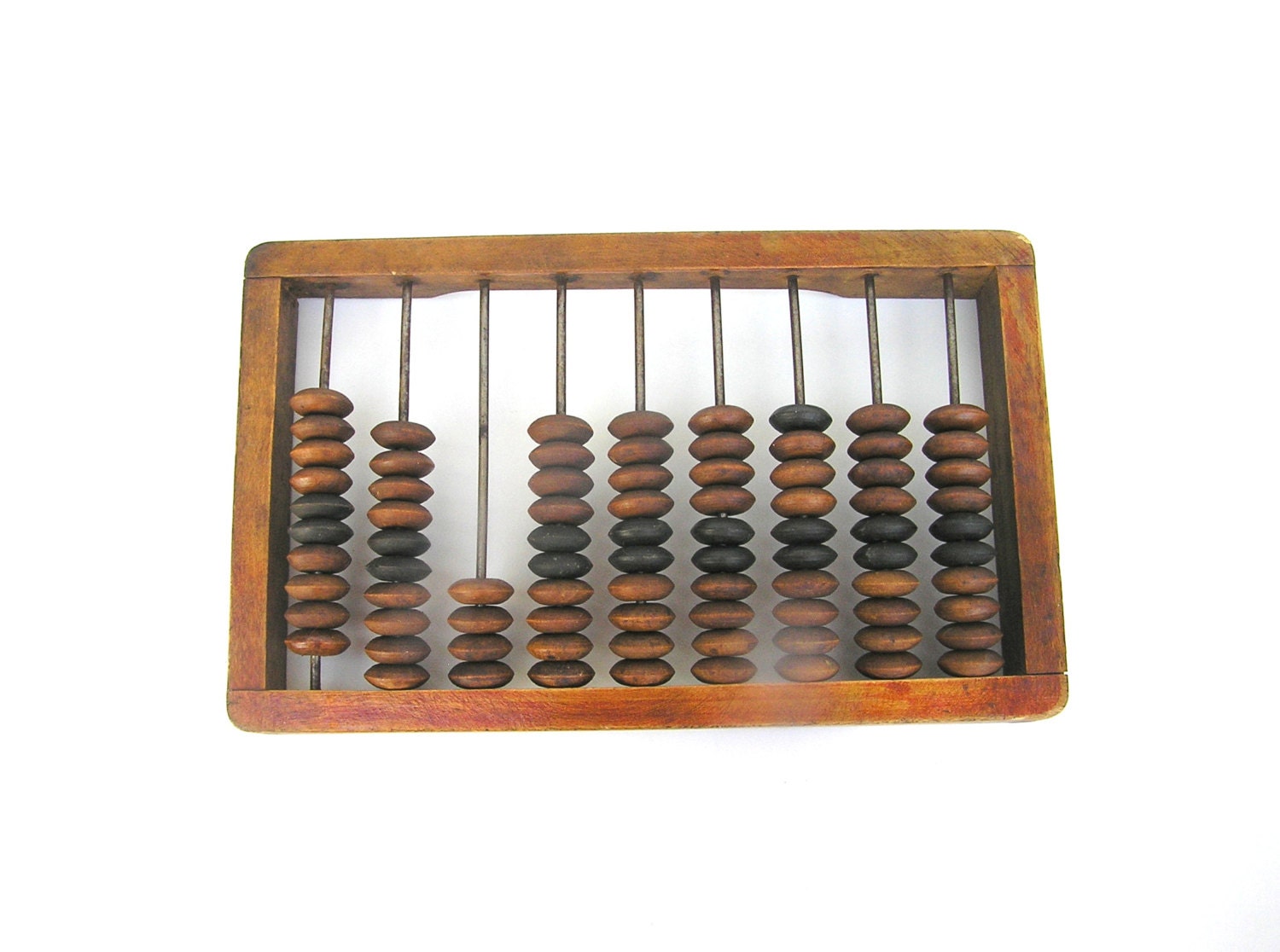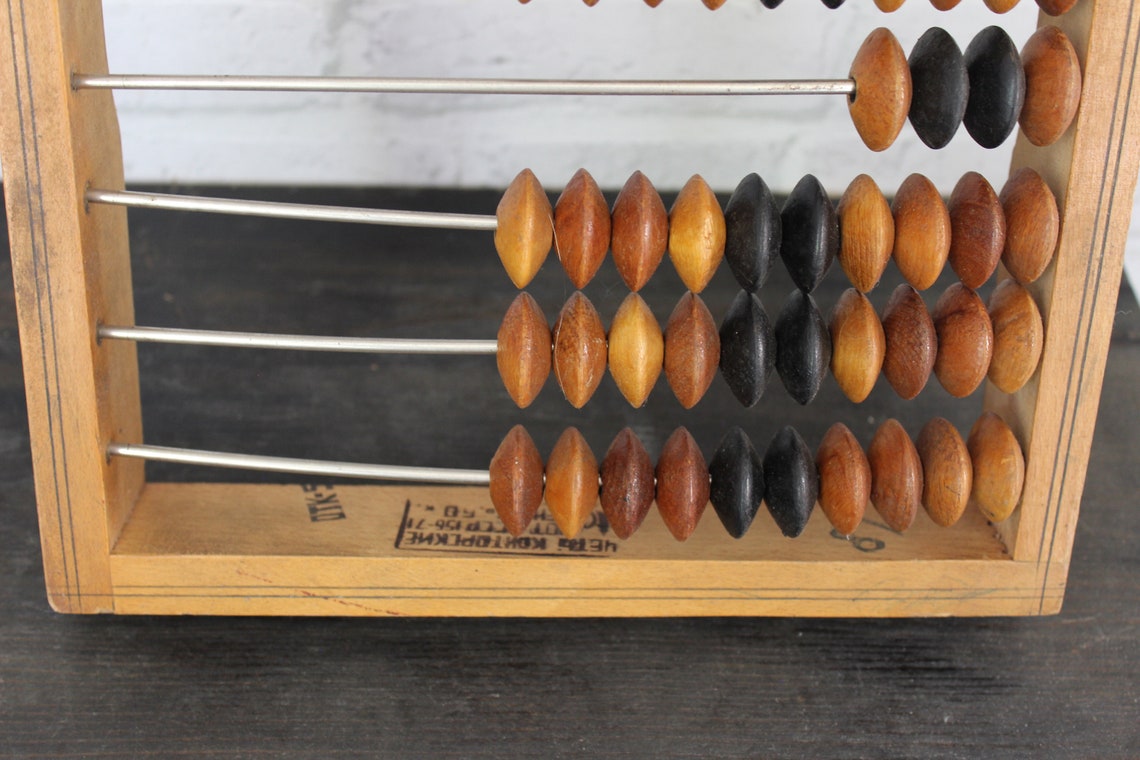



Natural numbers are normally used, but some allow simple fractional components (e.g. Roman and East Asian abacuses use a system resembling bi-quinary coded decimal, with a top deck (containing one or two beads) representing fives and a bottom deck (containing four or five beads) representing ones. Later the beads were made to slide on rods and built into a frame, allowing faster manipulation.Įach rod typically represents one digit of a multi-digit number laid out using a positional numeral system such as base ten (though some cultures used different numerical bases). In their earliest designs, the beads could be loose on a flat surface or sliding in grooves. The abacus consists of a two-dimensional array of slidable beads (or similar objects). The abacus ( PL: abaci or abacuses), also called a counting frame, is a hand-operated calculating tool of unknown origin used since ancient times in the ancient Near East, Europe, China, and Russia, millennia before the adoption of the Hindu-Arabic numeral system. For the medieval book, see Liber Abaci.īi-quinary coded decimal-like abacus representing 1,352,964,708


 0 kommentar(er)
0 kommentar(er)
